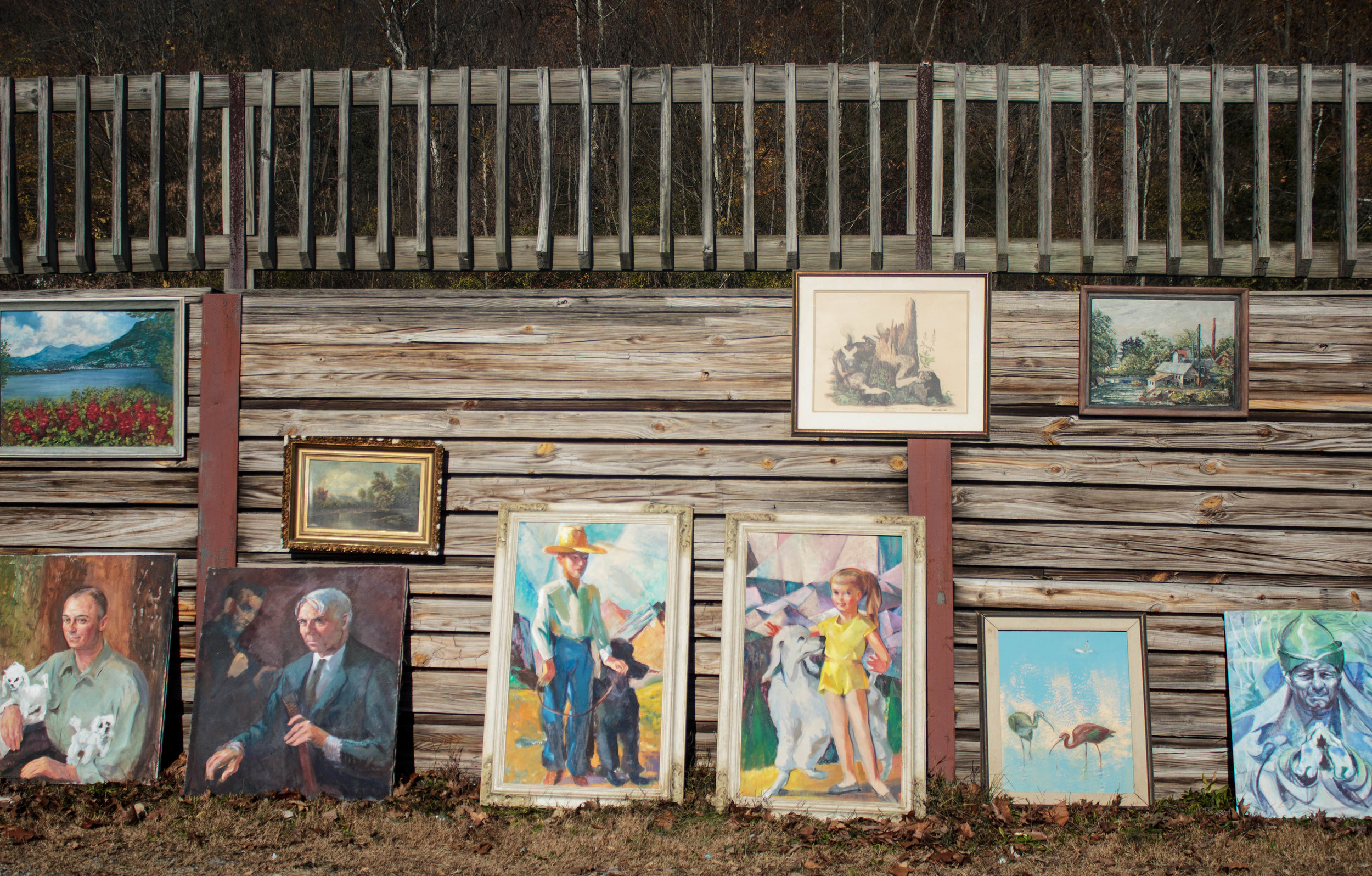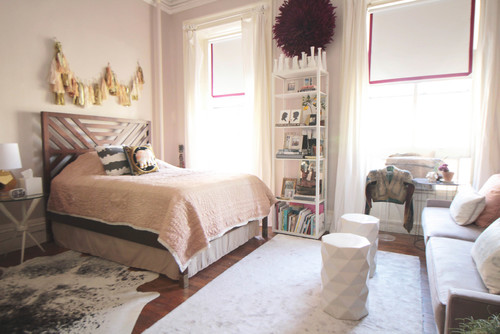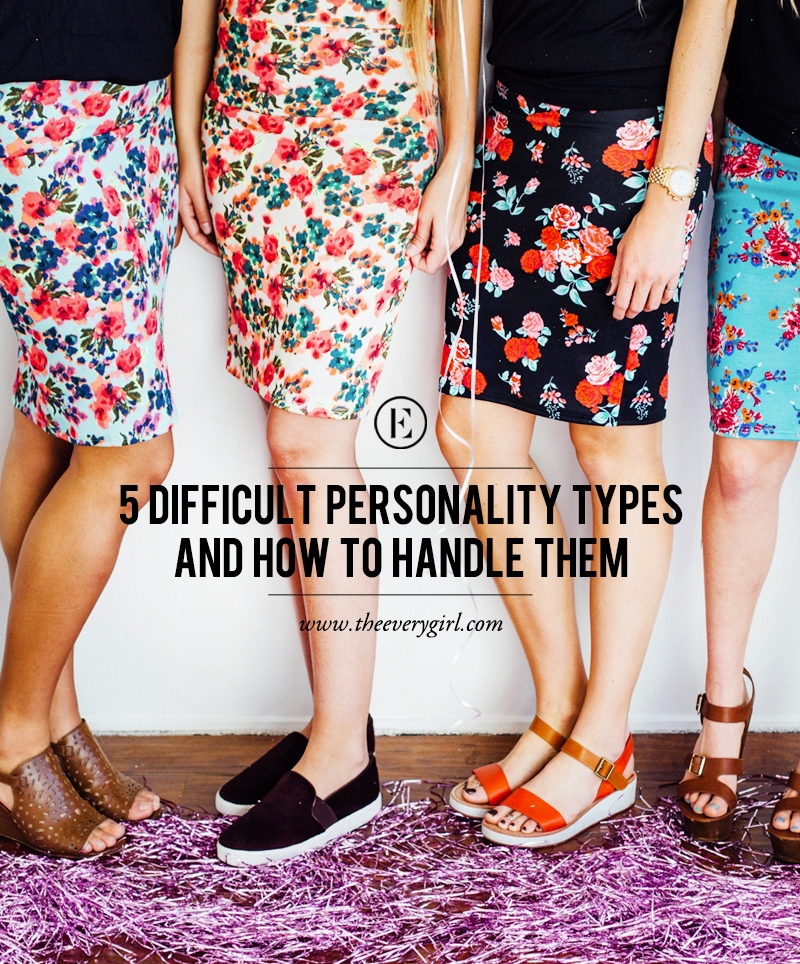Recap: Charming Folksy Style in Brooklyn
/Touring homes for Houzz has become one of my favorite things to do. I consider myself to be a keeper of stories, and my understanding of others has been enhanced because of it. As a psychologist, I've gotten to hear stories about others' emotional life, and as an interior design writer I get to hear about their emotional life as it's reflected in their home. To be able to go into people's homes, hear their home stories, and document all this is important to them is not a privilege I take lightly.
Last month I had the opportunity to tour the home of an Etsy seller at Mamakea Vintage, and her boyfriend, a vintage tech-recycler. Not only were they a cool couple to work with, but their home personifies their free-spirited, creative approach to life. It's filled with keepsakes, chotchkies from their many road trips, and vintage technology. Even if folksy isn't your thing, it's hard not to admire the way they have been able to use their home as an extension of everything that is important to them-- being environmentally conscious, celebrating their ancestry, and furnishing their home with objects that hold personal meaning. Here are a few pics I took from the tour.
Clearly the plants are the star of this homey pad. There's just something about plants in a home— they give it life, serenity, and the sense that the residents are truly caring individuals.
Read the full article on Houzz.
These pictures originally appeared on December 27, 2016, on Houzz.



























